Ultimate Guide to Recip Saw: Tips, Tricks, and Safety for DIY Enthusiasts
The Recip Saw, or reciprocating saw, has become an indispensable tool for DIY enthusiasts and professionals alike, offering versatility in cutting through a variety of materials. According to a report from Grand View Research, the global power tools market is expected to reach $48.2 billion by 2025, with a significant portion of this growth attributed to the increased popularity of reciprocating saws due to their ability to tackle both demolition and construction projects. As home renovation becomes more prevalent, understanding the tips, tricks, and safety measures associated with using a Recip Saw has become essential. This guide aims to provide valuable insights that can enhance your cutting skills while prioritizing safety, ensuring that every DIY project is executed efficiently and effectively. With the right techniques and knowledge, you can maximize the capabilities of your Recip Saw and achieve professional-level results.

Essential Recip Saw Features Every DIYer Should Know
When it comes to choosing the right reciprocating saw for DIY projects, understanding essential features is crucial. A high-quality reciprocating saw should offer variable speed controls, allowing you to tailor the cutting speed for different materials. This flexibility is essential, as cutting through wood, metal, or plastic requires distinct approaches. Additionally, look for models with a keyless blade change feature, which saves valuable time during your projects. According to industry reports, users prefer tools that provide both convenience and efficiency, as these attributes significantly contribute to productivity.
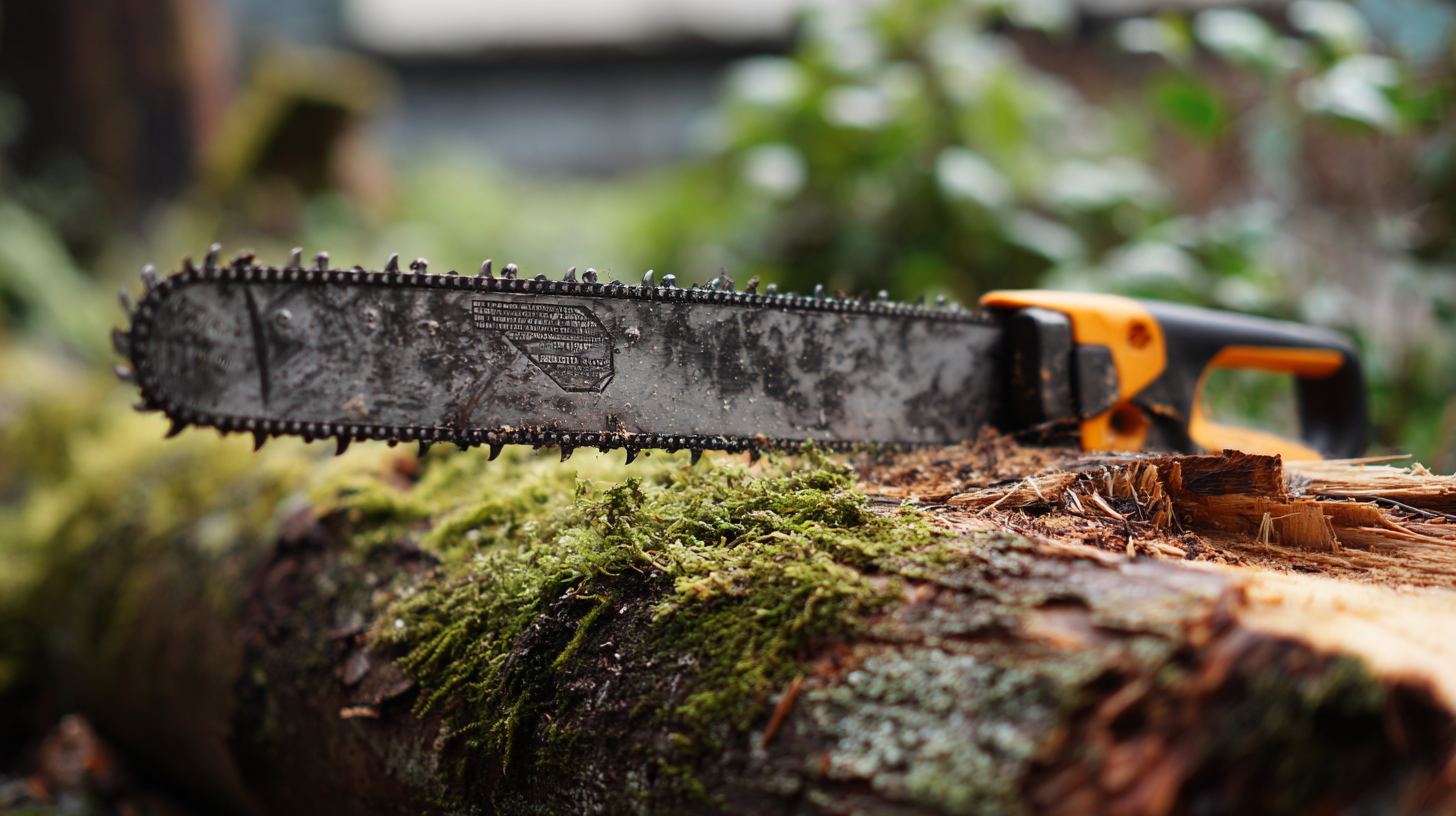
Tips for maximizing your reciprocating saw's effectiveness include maintaining a firm grip and selecting the correct blade for your task. A blade designed for wood will differ from one intended for metal, affecting both performance and safety. Moreover, keep an eye out for models with anti-vibration technology, which can help reduce fatigue during extended use. As outlined in various power tool assessments, features such as LED lights and built-in safety mechanisms enhance usability, providing an even better experience for DIY enthusiasts. When investing in a reciprocating saw, prioritizing these features will elevate your toolkit as you approach home improvement tasks.
5 Key Safety Precautions When Using a Recip Saw
When using a reciprocating saw (recip saw), adhering to safety precautions is crucial for preventing accidents and injuries. According to the U.S. Bureau of Labor Statistics, in 2021, over 50,000 injuries related to power tools were reported, highlighting the need for vigilance while operating equipment like a recip saw. Here are five key safety precautions to follow:
By prioritizing these safety measures, DIY enthusiasts can enjoy the benefits of a reciprocating saw while minimizing risks associated with its operation.
3 Tips for Selecting the Right Blade for Your Project
When selecting the right blade for your reciprocating saw, the first tip is to consider the material you’ll be cutting. Different materials require specific blade types for optimal performance. For instance, wood-cutting blades typically have fewer teeth and are designed for faster cuts, while metal blades usually feature a higher tooth count to ensure a smoother finish. Taking the time to match your blade to the material can significantly enhance efficiency and effectiveness.
Another important factor in choosing a blade is the tooth configuration. Blades come with various tooth shapes designed for specific cutting tasks, such as producing clean cuts or faster demolition. Blades with a hook or aggressive tooth design are ideal for tearing through materials quickly, while those with finer teeth are better suited for precise cuts. Additionally, considering the blade length is crucial; longer blades can reach deeper materials, but shorter blades provide more control in tighter spaces. Taking these details into account will lead to better outcomes in your DIY projects.
4 Common Mistakes to Avoid with a Recip Saw
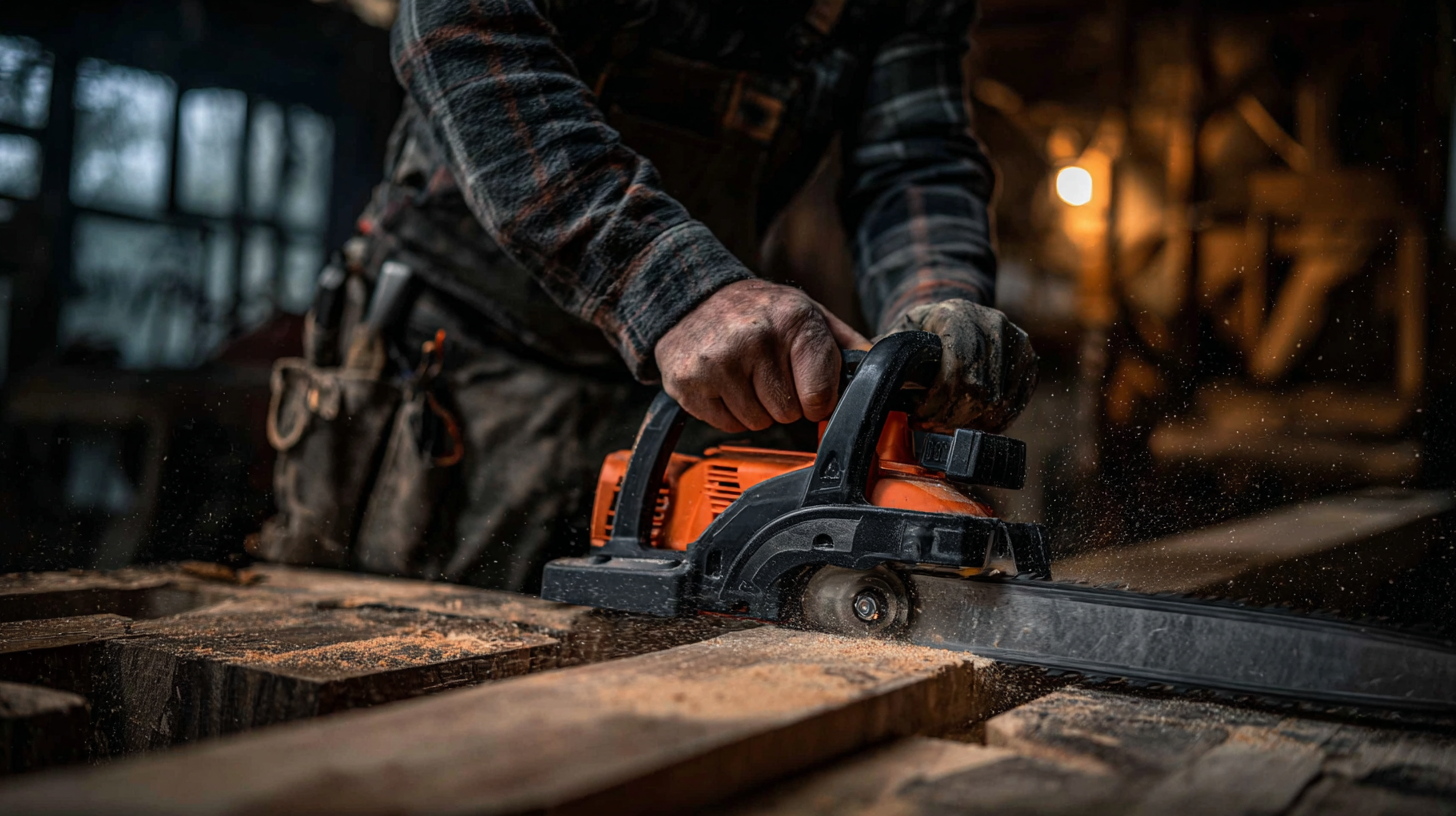 When using a reciprocating saw, avoiding common mistakes can enhance both the quality of your work and your safety.
One frequent error is using the wrong blade for the material you’re cutting. For instance, a blade designed for wood won't perform well on metal or plastic. Always choose a blade that matches the specific task to ensure clean cuts and prolong the tool's life.
When using a reciprocating saw, avoiding common mistakes can enhance both the quality of your work and your safety.
One frequent error is using the wrong blade for the material you’re cutting. For instance, a blade designed for wood won't perform well on metal or plastic. Always choose a blade that matches the specific task to ensure clean cuts and prolong the tool's life.
Another issue is failing to maintain a firm grip on the saw while cutting. A loose grip can lead to accidental slips, potentially causing injury. Ensure your hands are positioned securely and that you’re using both hands for stability. Additionally, keep your body positioned to avoid putting yourself in the path of the blade in case of kickback.
Finally, neglecting to wear appropriate safety gear is a critical mistake. Always don safety glasses and gloves when operating a reciprocating saw to protect yourself from flying debris and sharp edges. Establishing these practices not only helps achieve better results but also ensures a safer DIY experience.
7 Creative Ways to Utilize a Recip Saw in Home Improvement
A reciprocating saw, often referred to as a recip saw, is an indispensable tool for DIY enthusiasts looking to make substantial upgrades to their homes. One of the most innovative ways to utilize a recip saw is in demolition projects. Whether tearing down old cabinets, removing fencing, or stripping down outdated fixtures, the powerful reciprocating motion allows for quick and efficient cutting through various materials such as wood, metal, and drywall.
Another creative application is for pruning trees and shrubs in your garden. With the right blade attachment, a recip saw can tackle thick branches that would otherwise require a more cumbersome chainsaw. Additionally, it can be employed in remodeling projects, such as cutting through walls for doorways or windows. The agility and maneuverability of a recip saw make it perfect for intricate cuts, especially in tight spaces. By harnessing these techniques, DIY enthusiasts can transform their home improvement projects and achieve professional-level results with ease.
Related Posts
-
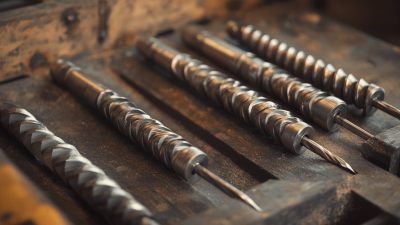
Comprehensive Technical Specifications for Choosing the Right Drill Bit Set: A Step-by-Step Guide
-
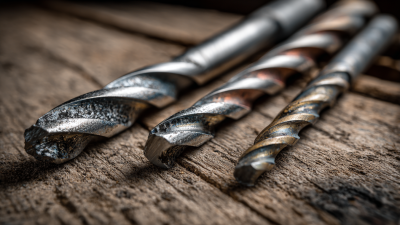
Top Strategies for Choosing the Best Stainless Steel Drill Bits
-
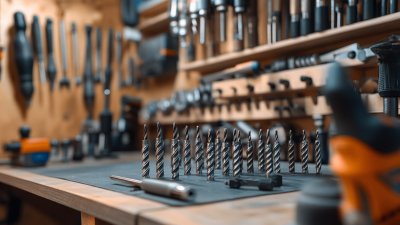
Mastering Your DIY Projects with the Ultimate Guide to Choosing Drill Bit Sets
-

China's Manufacturing Resilience Amidst US China Tariffs Boosts Demand for Best Reciprocating Saw Blades
-

How to Choose the Right Metal Cutting Blade for Your Projects
-
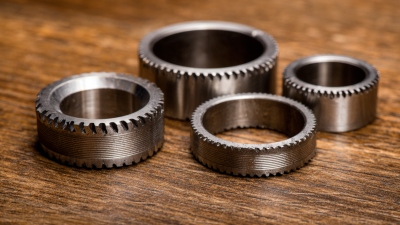
Ultimate Guide to Choosing the Best Carbide Hole Saw for Precision Cutting Needs